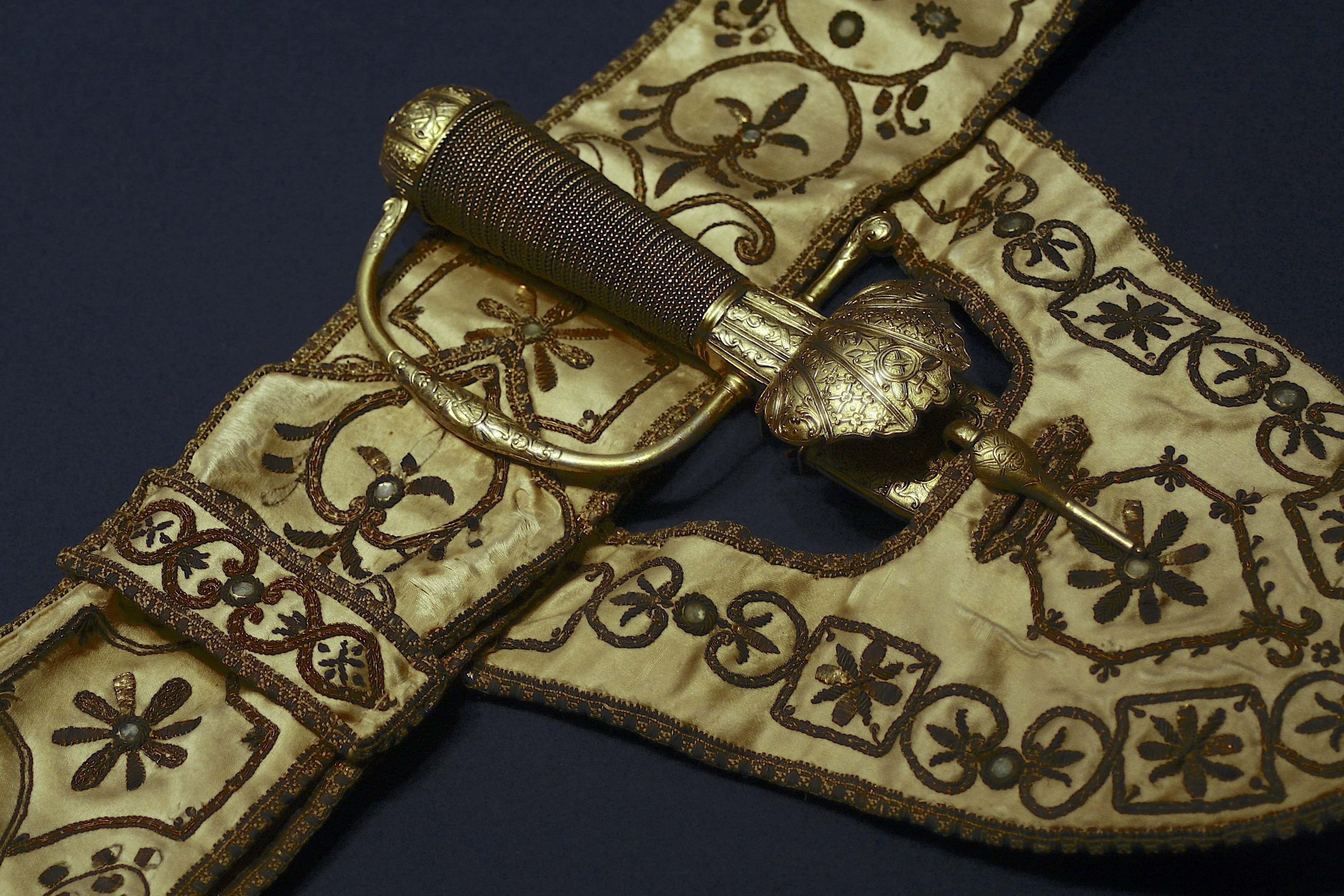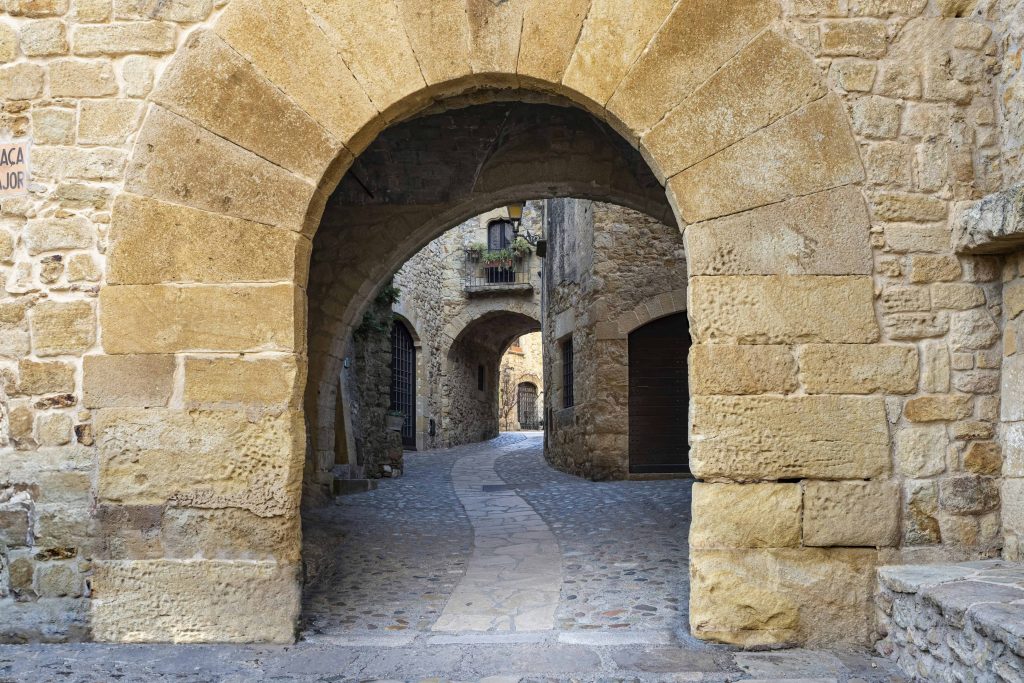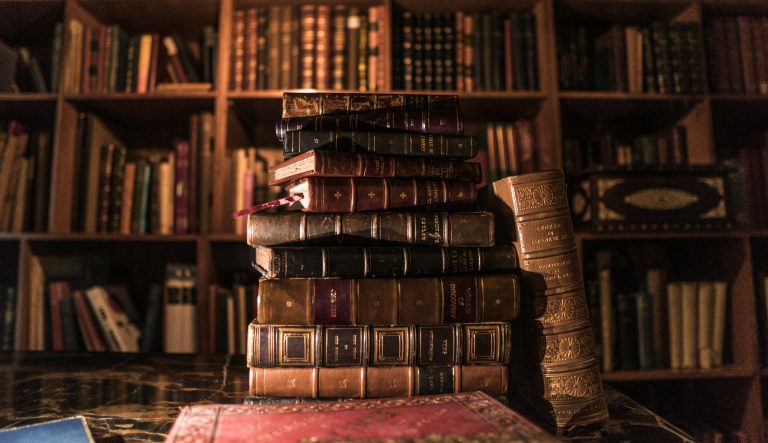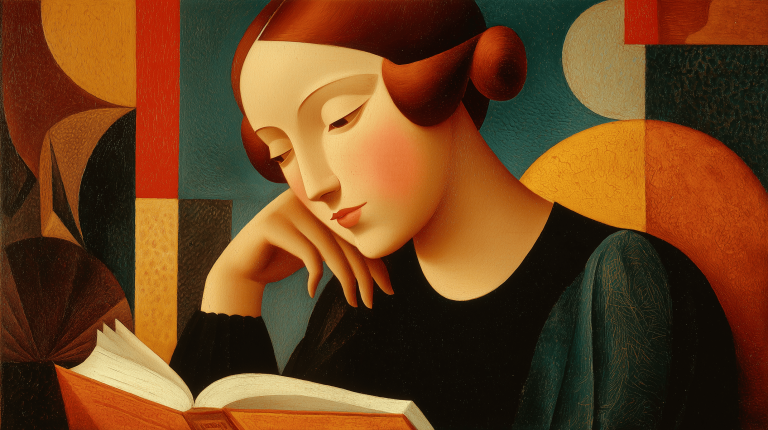Uncovering Medieval Portugal: Rich Stories of the Reconquista
The Reconquista and Medieval Portugal
The Reconquista, a centuries-long campaign to reclaim Iberian territories from Muslim rule, profoundly shaped the cultural and political landscape of the Iberian Peninsula. In Portugal, this effort crystallized into a unique national identity, beginning in the early 12th century with the formation of the County of Portugal and culminating in the definitive consolidation of territory by the late 13th century. Unlike its neighbor Castile, whose Reconquista was more protracted and expansive, Portugal’s path was more regionally focused, deeply rooted in the interplay of shifting alliances, cultural convergence, and frontier life.
Historical fiction offers a compelling lens through which to revisit this transformative era. Beyond chronicling kings and battles, it provides a platform to delve into the everyday lives of people—nobles, artisans, clergy, farmers, and outcasts—whose stories are often absent from official records. Through the genre’s unique blend of narrative and fact, readers gain access to the emotional truths of history.
The Landscape of Medieval Portuguese Society
Social Hierarchy: A Society of Layers
Medieval Portuguese society was rigidly hierarchical but regionally diverse. At the top stood the nobility, whose military service to the crown earned them land and influence. Below them, the clergy wielded enormous spiritual and administrative power, often rivaling that of the aristocracy. Commoners made up the vast majority—artisans in towns, farmers in rural areas, and a small but vital merchant class emerging in coastal hubs.
On the margins were groups like the Mozarabs—Christians who had lived under Muslim rule and retained elements of Arabic culture—and Jewish communities, who served crucial roles as financiers, physicians, and scholars. These groups often faced suspicion or persecution, but also periods of coexistence and mutual enrichment that are ripe for fictional exploration.
Daily Life: A Tapestry of Experiences
The daily routines of medieval Portuguese people varied dramatically by class and region. The elite lived in fortified manors and wore fine wool or imported silks, while peasants lived in wooden or stone cottages, wearing homespun linen. Diets ranged from hearty stews of legumes and grains among commoners to meat-rich meals for the privileged, often accompanied by wine or mead.
Work was seasonal and labor-intensive: sowing and harvest shaped the lives of peasants, while craftsmen in towns formed guilds to regulate their trades. Leisure, although rare for most, included religious festivals, storytelling, and games—offering intimate glimpses into communal life and shared values.
The Influence of the Church
The Catholic Church permeated every facet of medieval Portuguese life. Monasteries were not only centers of faith but also education and agricultural innovation. The clergy influenced legal codes, marriage laws, and land ownership. Fictional narratives that examine a character’s relationship with the Church can illuminate conflicts between personal belief and institutional doctrine—a timeless theme with deep historical roots.
Urban vs. Rural Life
Urban centers like Lisbon, Coimbra, and Évora were growing hubs of commerce and administration, characterized by narrow stone streets, bustling markets, and a mix of cultures. In contrast, the rural countryside was marked by subsistence farming, feudal obligations, and tighter-knit communities. Authors can draw on this contrast to highlight how geography shaped not only livelihoods but also worldviews, spiritual practices, and social mobility.
Cultural Encounters and Exchanges During the Reconquista
The Intermingling of Cultures
Portugal’s position on the frontier between Christian and Muslim territories made it a unique zone of contact and exchange. Though conflict was frequent, so too were alliances and trade between Christians and Muslims. Towns like Silves and Beja, once under Islamic rule, retained a multicultural character for generations. This cultural layering adds richness to fictional portrayals, offering the chance to depict nuanced relationships across religious lines.
Language and Knowledge Transfer
Arabic, Latin, Hebrew, and early Portuguese coexisted in many urban areas. Scholars translated texts in science, philosophy, and medicine from Arabic to Latin, preserving and advancing knowledge across cultural boundaries. Fictional characters—scribes, students, physicians—can serve as conduits for exploring how knowledge was transferred and transformed in these vibrant intellectual milieus.
Artistic and Architectural Influences
The artistic landscape of Reconquista Portugal was a blend of Romanesque, Gothic, and Moorish styles. Churches bore intricate stonework, while palaces and homes in the south featured Islamic arches and tilework. Fictional descriptions of such settings can evoke the aesthetic and symbolic fusion that defined the period.
Religious Syncretism and Divergence
Despite the Church’s push for orthodoxy, religious practices during the Reconquista often reflected syncretic beliefs. Local saints, folk traditions, and mystical movements emerged alongside official doctrine. Fictional accounts of religious festivals or personal spiritual crises can uncover the diversity of faith that existed beneath the surface of official narratives.
Themes Commonly Explored in Reconquista and Medieval Portuguese Historical Fiction
Identity Formation
The shifting political and religious boundaries of medieval Portugal created fertile ground for characters struggling with identity. A character of mixed heritage or divided loyalties—such as a Mozarab caught between Christian and Muslim cultures—embodies the inner conflicts that mirror the outer turmoil of the era.
Loyalty and Betrayal
The complex web of feudal allegiances, dynastic politics, and religious conversions offers rich material for exploring loyalty and betrayal. Whether it’s a knight torn between duty to the king and love for a heretic or a merchant navigating cross-cultural alliances, the tension is inherently dramatic.
Faith and Doubt
In a world dominated by religious authority, doubt was both dangerous and deeply human. Characters grappling with questions of belief—whether inspired by personal tragedy or encounters with other faiths—can serve as powerful reflections of the era’s spiritual tensions.
Love and Family in a Time of Conflict
Romantic and familial relationships took on heightened significance in a period marked by instability. Marriages were often strategic, yet love could bloom in the most unlikely places. Family ties were both a source of strength and conflict, especially when divided by war or religion.
The Role of Women
Women in medieval Portugal were not monolithic. Noblewomen could wield political power as regents or landowners; peasant women played crucial roles in the household and economy. Fiction provides a space to explore female agency in subtle and overt ways—whether through the lens of a nun-turned-healer, a merchant’s wife managing trade, or a girl raised between two faiths.
The Power of Fiction to Illuminate the Past
Empathy and Understanding
Fiction fosters empathy, allowing readers to inhabit lives far removed from their own. By stepping into the shoes of a medieval shepherd, a Jewish scholar, or a Moorish musician, readers can gain insight into the emotional and social complexities of the past.
Filling the Gaps in Historical Records
Official chronicles often ignore the everyday. Fiction can imagine those silences—what a village wedding looked like, how a healer passed on her knowledge, or what a child learned at the feet of a traveling bard. These imagined truths bridge the gap between historical fact and human experience.
Challenging Dominant Narratives
Much of medieval history is told through the lens of kings, conquests, and clerics. Fiction has the power to amplify marginalized voices—women, minorities, heretics—and offer alternate viewpoints that complicate and enrich our understanding of history.
The Enduring Relevance of the Period
Themes from medieval Portugal—identity, belonging, faith, coexistence—resonate deeply in today’s world. By drawing parallels between then and now, authors make the past not only accessible but also profoundly relevant.
Conclusion
Historical fiction rooted in the Reconquista and medieval Portugal offers more than pageantry and swordplay. It invites readers into a textured world where culture, faith, and daily life intersected in powerful and often unexpected ways. Through the lens of well-crafted narratives, this period comes alive—not just as a backdrop for conflict, but as a crucible for human resilience, creativity, and transformation.
By embracing the full complexity of the era—its contradictions, its convergences, and its people—authors can craft stories that both entertain and enlighten. In doing so, they keep the spirit of medieval Portugal alive in the cultural imagination, reminding us that the past is never truly past—it lives on in the stories we tell.
Key Takeaways
- Historical fiction brings medieval Portugal to life by blending factual events of the Reconquista with emotional, character-driven narratives that highlight everyday experiences beyond kings and battles.
- Portuguese society was culturally rich and socially complex, featuring nobles, clergy, commoners, Jews, and Mozarabs—each contributing to a layered, multicultural world ripe for exploration.
- The Catholic Church influenced all aspects of life, offering a narrative space to examine personal belief, institutional power, and the tension between faith and doubt.
- Cities and the countryside offered contrasting lifestyles, shaping characters’ values, opportunities, and social roles—ideal for creating rich, immersive settings.
- Cross-cultural exchanges shaped knowledge, art, and architecture, with Christian, Muslim, and Jewish influences coexisting, clashing, and evolving during the Reconquista.
- Themes like identity, loyalty, faith, love, and female agency provide emotional depth and relevance, connecting past struggles with modern readers.
- Fiction fills historical gaps, amplifies marginalized voices, and challenges dominant narratives—making the medieval era more inclusive and human.
FAQs
Why is the Reconquista period in Portugal significant for historical fiction?
The Reconquista shaped Portugal’s national identity, merging Christian, Muslim, and Jewish influences. Historical fiction set during this time reveals the emotional and cultural complexity of medieval life—beyond battles—by exploring personal stories of faith, conflict, and coexistence often missing from traditional historical records.
How did daily life differ between rural and urban communities in medieval Portugal?
Urban centers like Lisbon were commercial and administrative hubs with cultural diversity, while rural life revolved around agriculture and feudal duties. These contrasts shaped people’s diets, clothing, beliefs, and social mobility—offering rich material for fiction exploring class divides and geographic identity.
What makes religious and cultural encounters during the Portuguese Reconquista unique in fiction?
Portugal’s frontier status fostered deep interfaith contact, seen in art, language, and daily customs. Fiction can highlight these exchanges—such as shared knowledge or forbidden romances—bringing nuance to a period often oversimplified as purely conflict-driven and showcasing the richness of multicultural interaction.
From neon-lit cityscapes to complex narratives exploring artificial intelligence, digital surveillance, and social decay, this article offers a deep dive into the imaginative world of Portuguese cyberpunk and speculative fiction—and why it’s gaining momentum today.










